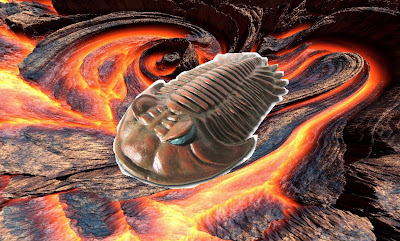So for the last few
months the main item of procrastination within the department has been to form
The University of East Anglia’s space program. This is a collaboration project
of UEA PhD students and faculty members who have formed an organisation
codenamed BLEAT, the Balloon Launch Exploration and Analysis Team, and also
known as ARSE, Andrew Rushby’s Space Explorers (our website). Since Commander Rushby (see his
blog to see just how much he really loves space) first proposed the idea of
establishing Norfolk’s long overdue position in the race to commercialise
spaceflight back in March we have been putting a lot of time into making this
dream a reality. This is unlikely to aid anybody’s actual work, we’re just
doing it for an excuse to do some exciting science in space, because we can and
basically (to paraphrase Mallory before he attempted the first ascent of Everest)
because it [space] is there.
 |
| Bleat Logo, designed by J. Shirley |
The first mission, with launch scheduled for 10:00 hours GMT tomorrow (01/12/2012) is a preliminary mission to send cameras and a GPS tracking system attached to a weather balloon up 30km to the edge of space. As well as hopefully getting some cool photos this should allow us to test our methods of launch and recovery so future missions can have a more advanced payload – there’s talk of developing an ‘air-core’ unit to sample the air column at varying heights and also to maybe send some single-celled organisms up as Norfolk’s very first astronauts.
 |
| Scale schematic of the space balloon launch and recovery system |
As Chief Engineer,
it’s been my primarily my job to develop the launch vehicle and make it space
worthy. This has mostly involved scrounging materials from the labs and
building the ‘Spacebox’ the (hopefully) space-proof capsule that will contain
and protect our payload from the hostile environment of near-space. At ≈33km up
(the maximum our balloon can reach before exploding as it expands to 20 times its
launch diameter) It will have to survive low pressures that would make your
blood boil and tissues explode and temperatures down to -80oC, and
then survive the ride back to Earth attached to a rather small parachute, so it’s
been heavily insulated and securely duct-taped to perfection (although it has
to still be able to vent excess pressure so is not completely air-tight).
 |
| 'Spacebox' launch capsule (photo courtesy of H. Chylik) |
The top-secret launch
site – a field in Burton-on-Trent – has been carefully selected by our team of
resident Meteorologists led by Tactical Officer Surl. Using computer
simulations (developed at Cambridge University) to predict the balloon’s path as
it is strongly influenced by the weather conditions and changes in the jet stream this is the closest location to Norwich we can launch from if we want any hope
of our payload still landing in East Anglia. Just in case, attached to the
capsule are multi-lingual instructions for its return in English, French and
Dutch, kindly translated by members of our international team, although if it
does not land before reaching the coast it is likely it will end up on the
bottom of the North Sea.
Today the final
preparations have been put in place, after we finally got CAA approval yesterday,
first thing this morning we tested whether it would be possible to transport
the balloon fully inflated – to get around regulations on transporting
pressurised gasses – but unfortunately it was too big to fit it Captain Mill’s
balloon transport vehicle (BLV aka camper van). Luckily however Admiral
Professor von Glasgow is fully trained in pressurised cylinder transport and
has kindly volunteered to separately drive the helium up for us while we follow
in the BLV.
Once launched we
will track the balloon’s progress using the GPS system and, orchestrated by
Science Officer Chylik running ground control out of UEA and predicting the
flight path, the chase team led by Captain Gooch will fearlessly race across
East Anglia to recover the payload, or to hopelessly watch it crash (possibly
in flames) into the sea.
None of this project
would have been possible without the time and dedication by many more people
than it has been possible to name above nor the money kindly donated by the UEA
(with surprisingly little begging involved. A further mention needs to go to
the journalist Michael Brown who has been following us for the last few weeks
to put together press coverage for Concrete (UEA’s student newspaper) and has
also been instrumental in securing extra funding from the Student Union.
 |
| (most of) the BLEAT Team (photo courtesy of H. Chylik) |
An update on the
outcome of the launch will be posted next week, although you can follow our
Twitter feed for exciting live updates, but I thought I should write this
pre-launch just in case it all goes wrong while we’re still relatively optimistic
and nothing has yet crashed and burned. However, whatever we do, it's never going to be as cool as this by some students from Harvard:


